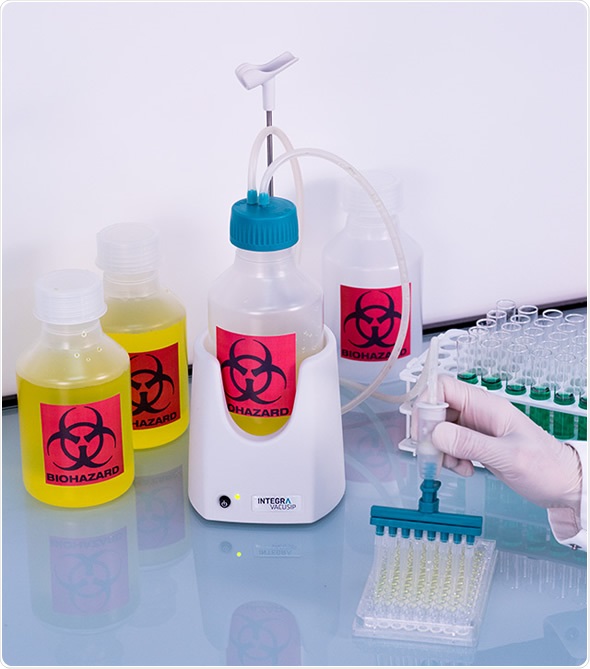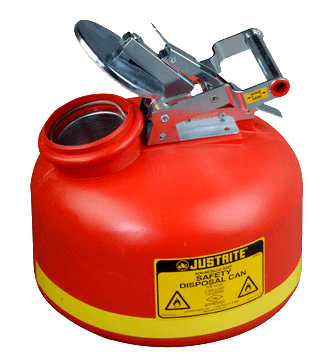Top Liquid Waste Disposal Melbourne: Trusted Solutions for Appropriate Waste Administration
Top Liquid Waste Disposal Melbourne: Trusted Solutions for Appropriate Waste Administration
Blog Article
Just How Fluid Garbage Disposal Functions: A Thorough Introduction of Methods and Technologies Employed

Overview of Liquid Waste Kind
The intricacy of fluid waste kinds demands a complete understanding of their features and implications for disposal. Liquid waste can broadly be categorized right into a number of kinds, consisting of commercial, municipal, farming, and hazardous waste. Each classification shows distinct residential properties, requiring specific management methods to minimize ecological and wellness dangers.
Industrial liquid waste originates from producing procedures and typically consists of a series of contaminants, such as hefty metals, solvents, and organic substances. Local liquid waste, largely consisting of wastewater from homes and commercial facilities, contains natural matter, nutrients, and virus (industrial wastewater treatment). Agricultural fluid waste, including drainage from farms, might include fertilizers, chemicals, and animal waste, posturing threats to water high quality and communities
Hazardous fluid waste is defined by its poisoning, sensitivity, or potential to create harm. This group consists of compounds like acids, bases, and certain chemicals that demand strict handling and disposal protocols. Recognizing these varied fluid waste kinds is vital for creating reliable disposal techniques and making certain compliance with ecological laws. Correct classification and characterization are important for applying suitable therapy techniques and decreasing the adverse influences on public health and the atmosphere.
Physical Therapy Methods

Testing is the first step, where bigger fragments and particles are gotten rid of from the liquid waste utilizing screens or grates. In sedimentation tanks, heavier fragments resolve at the base, developing a sludge layer, while the cleared up liquid can be further treated.
Filtering is one more crucial approach that includes passing the liquid with porous materials, such as sand or membranes, to capture smaller particles. This step enhances the quality of the fluid, making it suitable for succeeding treatment procedures.

Chemical Therapy Strategies
Chemical treatment strategies are vital for successfully taking care of fluid waste, especially in dealing with liquified and colloidal contaminants that physical techniques might not effectively remove. These techniques utilize numerous chemical agents to reduce the effects of, speed up, or transform harmful materials into less unsafe forms.
One typical approach is coagulation and flocculation, where chemicals such as alum or ferric chloride are added to promote the gathering of put on hold particles. This process improves sedimentation, allowing for simpler elimination of the resulting sludge. In addition, oxidation processes, employing representatives like chlorine or ozone, are used to damage down complex organic substances and virus, rendering the waste more secure for discharge or additional therapy.
Neutralization is another essential technique, which readjusts the pH of acidic or alkaline waste streams to neutral levels, avoiding possible injury to downstream systems and the setting. Furthermore, advanced oxidation processes (AOPs) use mixes of oxidants and ultraviolet light to weaken relentless toxins, achieving a higher level of treatment effectiveness.
Organic Therapy Processes
Biological treatment processes play a vital duty in the management of liquid waste by utilizing microorganisms to disintegrate natural issue and reduce contaminant levels. These processes can be extensively categorized into anaerobic and cardio therapies, each employing particular microbial areas to attain reliable waste degradation.
Aerobic therapy involves making use of oxygen to assist in the malfunction of organic materials by bacteria. This procedure is frequently carried out in triggered sludge systems, where aeration containers supply a favorable environment for microbial development, bring about the oxidation of organic contaminants. The resultant biomass can be separated from dealt with effluent with sedimentation.
On the other link hand, anaerobic therapy happens in the absence of oxygen, relying on various germs to damage down natural matter. This method is specifically helpful for high-strength waste, as it produces biogas, a renewable power source, while lowering sludge manufacturing. Technologies such as anaerobic digesters are frequently used in commercial and community applications.
Both anaerobic and cardiovascular biological therapies not only decrease the ecological impact of liquid waste yet likewise facilitate source recovery, making them essential parts of sustainable waste monitoring methods. Their performance, versatility, and effectiveness support their prevalent application across different sectors.
Emerging Technologies in Disposal
Ingenious approaches to liquid garbage disposal are quickly evolving, driven by advancements in innovation and an enhancing focus on sustainability. Among these arising modern technologies, membrane layer bioreactors (MBRs) have gotten traction for their capability to incorporate organic therapy with membrane purification, causing top quality effluent that can be reused in various applications. MBRs enable smaller sized impacts and more efficient operations compared to standard systems.
Another appealing advancement is using anaerobic food digestion integrated with nutrient healing technologies, which not only treats liquid visit this page waste but additionally creates biogas and recoups beneficial nutrients like nitrogen and phosphorus. This twin advantage improves resource effectiveness and decreases environmental impact.
In addition, progressed oxidation procedures (AOPs) are being embraced for the degradation of complex natural toxins. These techniques use powerful oxidants and catalysts to damage down impurities at the molecular level, providing an extremely effective solution for tough waste streams.
In addition, the assimilation of expert system and maker discovering in waste administration systems is optimizing operational efficiency and predictive maintenance, causing minimized expenses and enhanced environmental compliance. These innovations show a substantial shift in the direction of even more sustainable and effective liquid waste disposal practices.
Final Thought
In conclusion, efficient fluid waste disposal demands an extensive understanding of different strategies and modern technologies. By continuously advancing these methods, it comes to be possible to deal with the growing difficulties linked with fluid waste, inevitably contributing to environmental protection and resource healing.
Liquid waste disposal is a critical aspect of environmental administration, needing a thorough understanding of numerous strategies and modern technologies customized to various waste kinds. Fluid waste can generally be click for more info classified right into numerous kinds, consisting of commercial, local, farming, and harmful waste. Agricultural fluid waste, consisting of overflow from ranches, might consist of fertilizers, pesticides, and animal waste, positioning dangers to water high quality and ecological communities.
Numerous physical therapy methods play a critical role in managing fluid waste properly - industrial wastewater treatment.In verdict, reliable fluid waste disposal demands an extensive understanding of different methods and innovations
Report this page